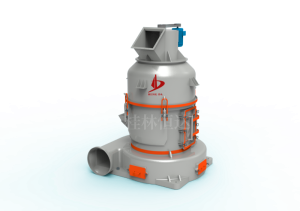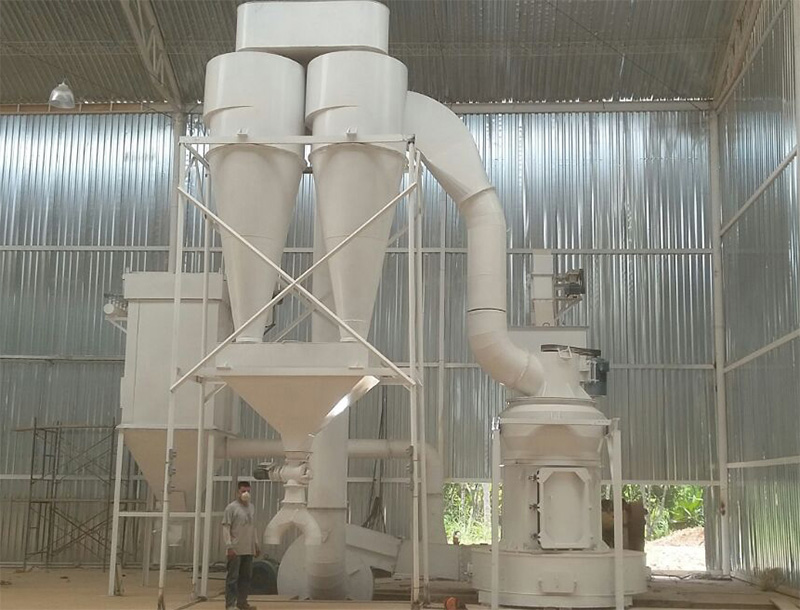Quartz stone, which we usually call quartz stone, is a new type of stone synthesized by more than 90% quartz crystal plus resin and other trace elements. It is a large-size plate pressed by a special machine under certain physical and chemical conditions. Its main material is quartz.
Quartz is a kind of mineral that is easy to become liquid under heat or pressure. It is also a very common rock forming mineral, which is found in all three types of rocks. Because it crystallizes last in igneous rocks, it usually lacks a complete crystal plane and is mostly filled in the middle of other pre crystallized rock forming minerals.
The composition of quartz is the simplest silicon dioxide, with glass luster, no cleavage surface, but with shell fracture. Microcrystalline quartz is called chalcedony, agate or Jasper. Pure quartz is colorless, but it often presents different colors due to impurities containing transition elements. Quartz is very stable and not easily weathered or changed into other minerals. According to the crystallization degree of SiO2, it can be divided into crystalline single crystal quartz and polycrystalline quartzite jade. Gloss: glass gloss. Color: none, white, with gray, yellow to orange, purple, dark purple, pink, grayish brown, brown and black. Streak: white. Specific gravity: 2.65 ~ 2.66. Category: metamorphic rock, metamorphosed from sandstone.
Quartz type: pink quartz, green quartz, white quartz and yellow quartz.
Quartz raw materials are divided into ordinary quartz sand, refined quartz sand, high-purity quartz sand, fused quartz sand and silicon powder.
physical property
(1) Brittle.
(2) Thermoelectric.
(3) The refractive index is 1.533 ~ 1.541, the birefringence difference is 0.009, and the dispersion is 0.013.
(4) Quartz has strong piezoelectric property, that is, sparks will be generated when it is knocked and rubbed hard, which is the method of flint fire.
(5) Common inclusions in quartz are: hair crystal – mainly rutile. Grass into crystal – mainly tourmaline; Water bile crystal – there are liquid inclusions in quartz; Blue Quartz contains light blue rutile needles; Milky quartz – turbidity caused by fine water holes; Green quartz – composed of plate-shaped or fragmented chlorite, sometimes green needle shaped actinolite; Aventurine quartzite contains green or reddish brown mica flakes, also known as brilliant quartz, commonly known as Dongling stone. Common smoke black to dark brown smoke crystals are mainly related to the fact that these rocks contain a large amount of radioactive uranium and thorium elements

Quartz stone grinding process flow
Stage I: crushing
The large quartz stone material is crushed by the crusher to the feeding fineness (less than 30mm) that can enter the pulverizer.
Stage 2: material grinding
The crushed small pieces of quartz stone are sent to the raw material bin by the elevator, and then sent to the grinding chamber of the mill evenly and quantitatively by the vibrating feeder for grinding. After grinding, the milled materials are graded by the analyzer. Those whose fineness meets the specification flow into the large cyclone collector with the wind, and then discharged into finished products through the discharge valve. Those whose fineness is unqualified cannot be screened by the analyzer, but still fall back to the host for re grinding.
Stage III: storage or packaging of finished products in cans
① The finished products discharged from the discharge valve are transported to the finished product tank for storage by pneumatic conveying equipment.
② The finished products discharged from the discharge valve are packaged by a double mouth packaging machine.
③ The finished products discharged from the discharge valve are packaged by the ton baler.









